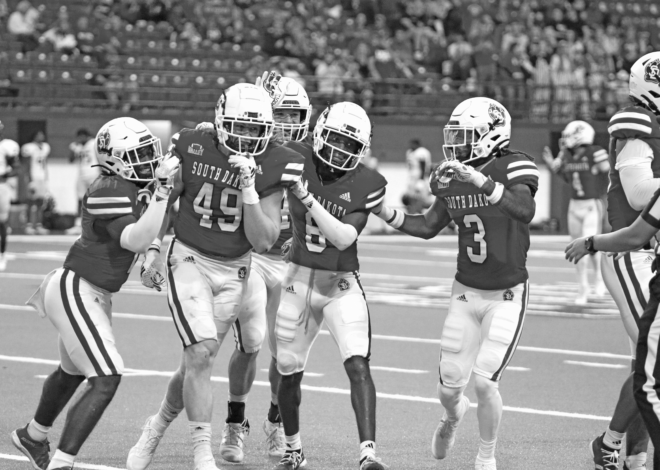
Column: My take on the national anthem protests
National anthem protests are a hot topic thus far in the 2017 NFL season. Unfortunately, the original meaning behind these protests has been misinterpreted and ultimately forgotten.
Fans and the media need to remember how and why these protests started.
The protest started in August of last year, when NFL quarterback Colin Kaepernick remained seated while the national anthem played prior to a preseason football game.
This was no accident.
“I am not going to stand up to show pride in a flag for a country that oppresses black people and people of color,” Kaepernick said in an article by Casey Quinlan for Think Progress. “To me, this is bigger than football and it would be selfish on my part to look the other way. There are bodies in the street and people getting paid leave and getting away with murder.”
Since Kaepernick’s original protest, national anthem protests have occurred so frequently that some important details have been forgotten.
One misconception is that the protests are meant to show disrespect to the U.S. military. It’s important to understand that Kaepernick’s form of protest was solely meant to bring awareness to racial injustice, and he had no intentions of disrespecting the military.
On Sept. 1, 2016, Kaepernick met with Nate Boyer, a former green beret and NFL long snapper, in San Diego. From this meeting, Boyer convinced Kaepernick to kneel during the Anthem, rather than sit on the bench.
According to Mark Sandritter of SB Nation, Kaepernick said, “We came up with taking a knee. Because there are issues that still need to be addressed and it was also a way to show more respect to the men and women who fight for this country.”
Yes, the current form of protest we see in the NFL was partly created by a former green beret. Clearly, these protests aren’t inspired by hatred for the U.S. military. This crucial fact has been shamefully overlooked by various media members across the political spectrum.
Another concern is that the protest’s original message has been completely lost. Instead of creating discussions about racial injustice, these protests have actually sparked a debate over what protest techniques are socially acceptable.
“Somehow, this has turned into an argument over whether or not the protesting athletes love America enough and whether these athletes are educated enough, oppressed enough or even black enough to make a stand,” said Lindsay Gibbs from Think Progress.
NFL defensive back Michael Thomas noticed that Kaepernick’s original message might get lost.
“A press conference doesn’t get that type of attention,” Thomas said, according to Think Progress. “Him doing it on his social media or what-not doesn’t get that same type of national attention. So now he’s got the national attention. We’re talking about the White House is talking about it. People outside of sports are talking about it. There was nothing else he could have done to get this type of attention. So now, let’s stop talking about how people are feeling offended about it disrespecting the military and the flag, let’s talk about the actual issue that he was standing up for.”
Whether people agree with the protests or not, most people will probably agree that the original concern, racial injustice, is much more significant than debates over what forms of protests are socially acceptable.
Overall, the players have done what they can to fix racial injustice. Now, the American people need to keep the conversation going, and ensure that the message doesn’t get lost.

